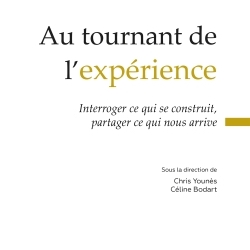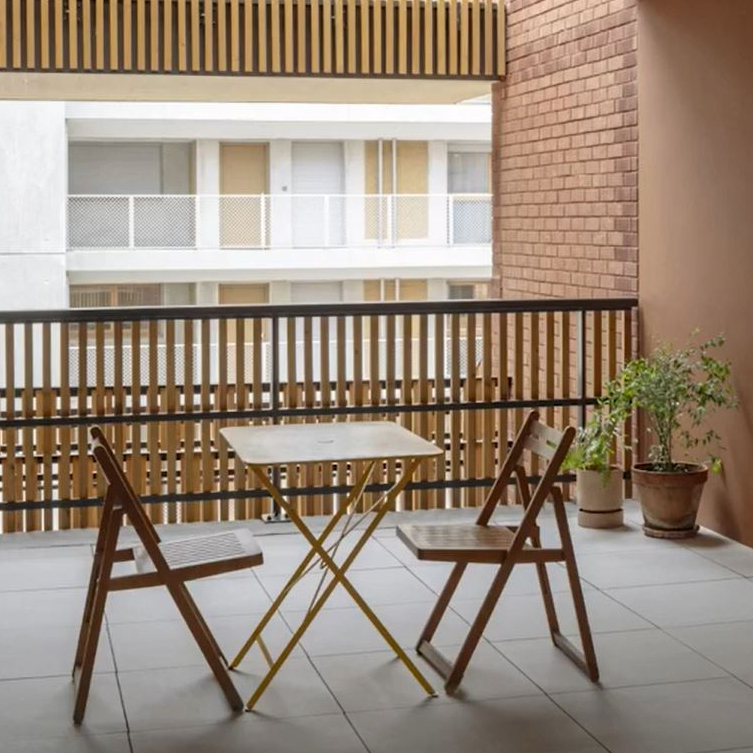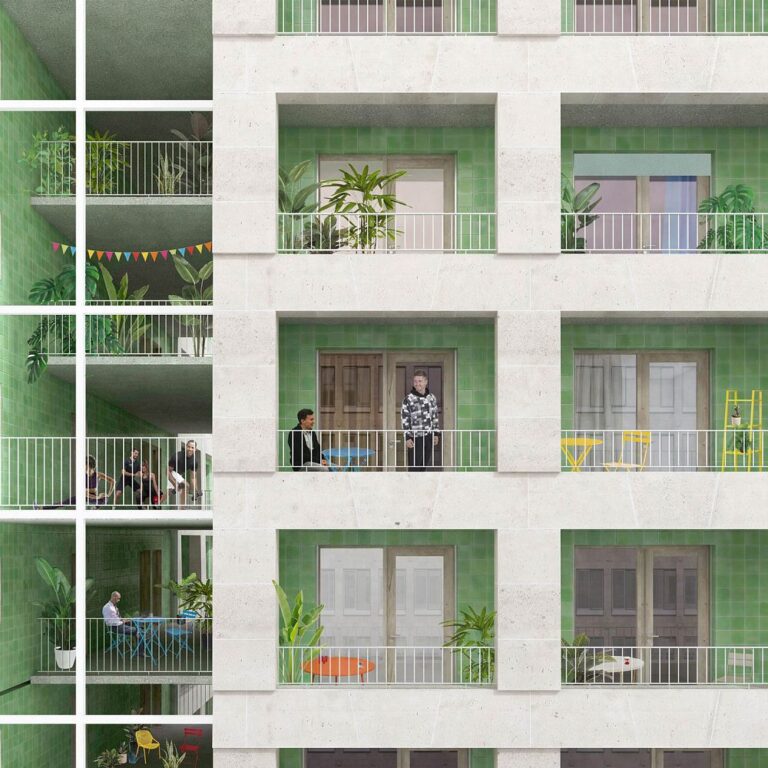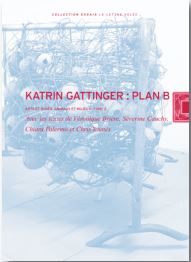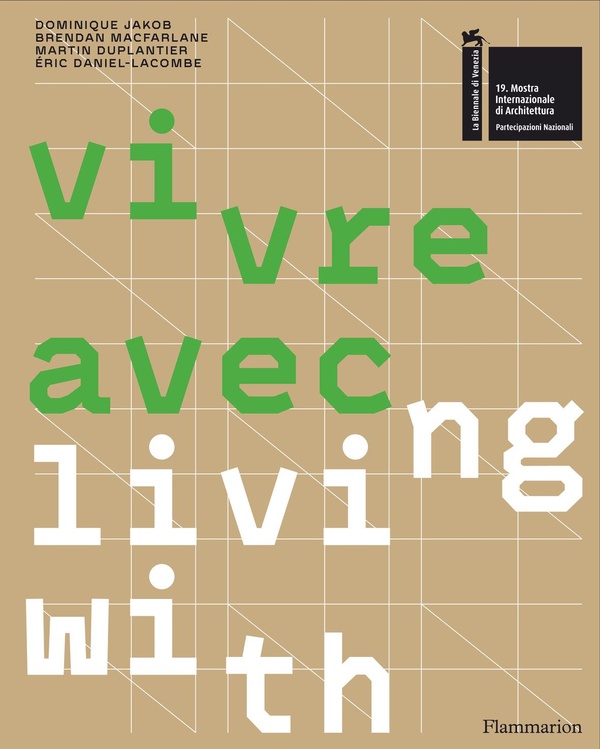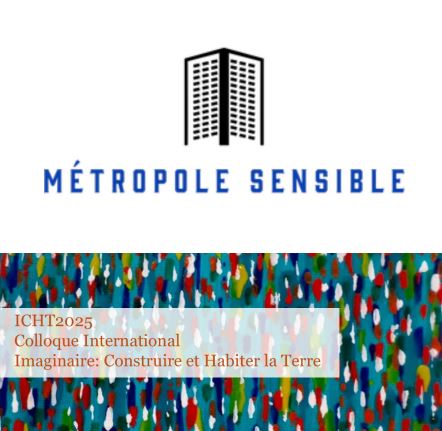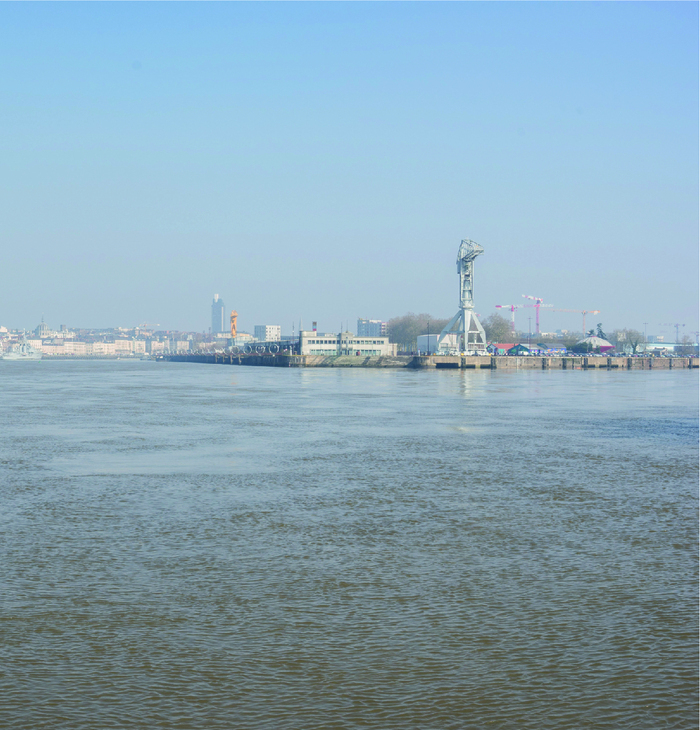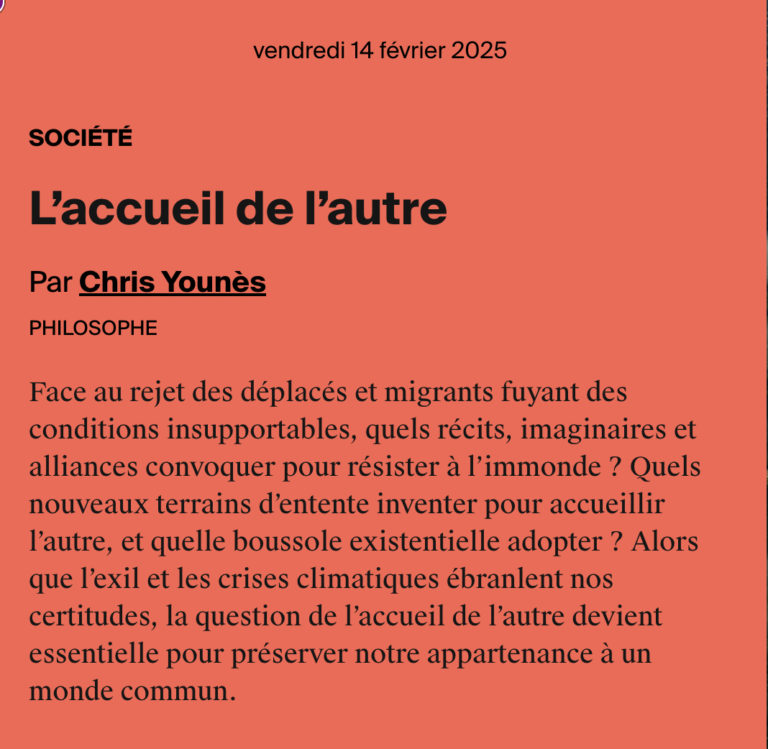Every morning brings us news from across the globe, yet we are poor in noteworthy stories.
– Walter Benjamin, ‘The Storyteller’ (1936)
How might architectural theory move closer to architectural practice without losing its critical autonomy? How might it be more responsive to the changing needs of society? A possible answer may be found in the architectural discourse of the British architect, Cedric Price (1934- 2003) and his concern for the social efficacy of theory. Although Price is most often remembered in terms of his architectural designs, he was also a highly respected architectural journalist, critic, writer, lecturer, scholar, educator and polemicist. Price actively engaged architectural theory not only in what he wrote or said, but also in the proximity that he developed toward his readers and his audience. Through his dialogic sensibility and his emphasis on participation and process, Price’s ‘public’ became an integral actor in the production of theory —a ‘co-author’ so to speak. The link between theory and social action was also a critical issue for Walter Benjamin for whom modernity could be understood as a crisis of human experience and communication. In his essay, ‘The Storyteller’, Benjamin contrasts the collective assimilation of experience and memory through storytelling to the privatised subject of bourgeois literacy and the ‘empty’ temporality of modern news. Here Benjamin explores two fundamentally different notions of experience: integrated social ‘lived’ experience (Erfahrung) and immediate private ‘living’ experience (Erlebnis). The atrophy of modern experience could be characterized as a radical shift towards the latter accelerated by the trauma of warfare and the rise of the information industry. Set against the increasing ‘distance’ that mass media had opened up in the language of experience, Benjamin proposed the concept of nearness as a possible strategy to recover the communal intimacy that he perceived in the anecdotal forms of oral culture. Following Benjamin’s concept of nearness, this paper examines how Price’s architectural discourse —and his production as a journalist in particular— may define a modern form of storytelling practice, one that attempts to represent experience with the immediacy of news discourse, thus reopening some of the fundamental dichotomies underlying Benjamin’s theory of experience. Indeed reporters ‘make’ stories and the ‘making’ of stories involves play and critical imagination. This paper argues that Price’s early involvement in journalism (television, radio, magazines) was crucial not only to his engagement with language but to the development of his dialogic approach to architecture in general. In so doing, this paper aims to offer a possible response to the contemporary challenge of how architectural theory might enter into a more effective dialogue with design practice and society at large in order to reclaim its critical role in the advancement of architectural culture.


